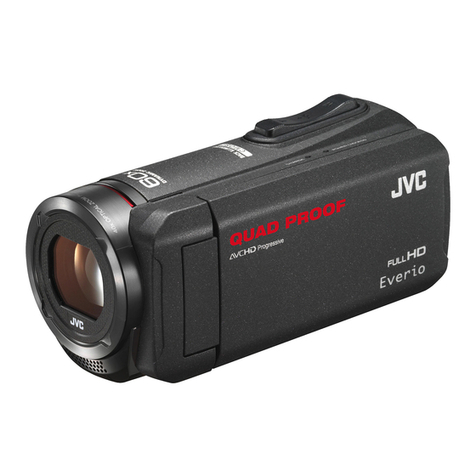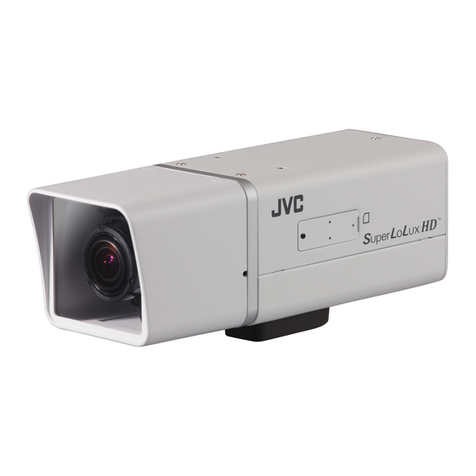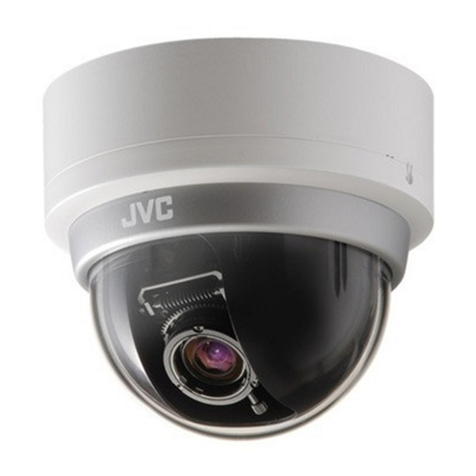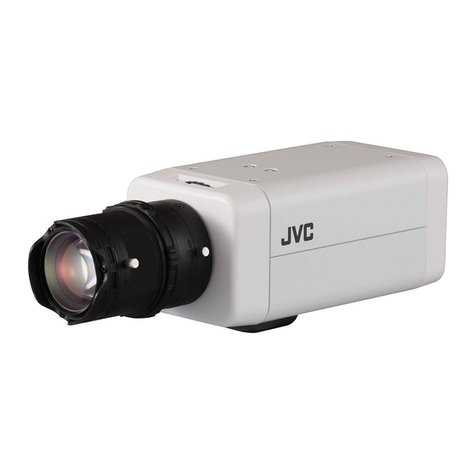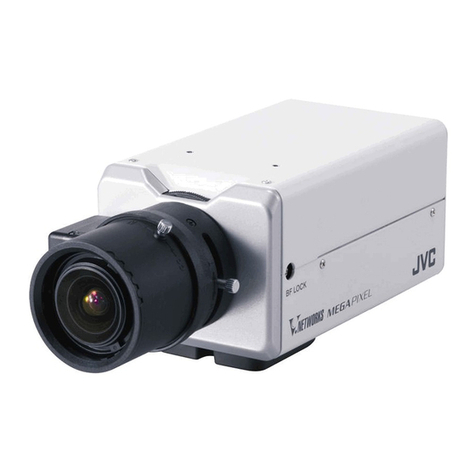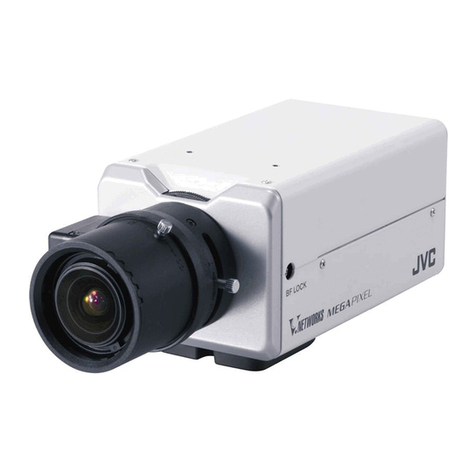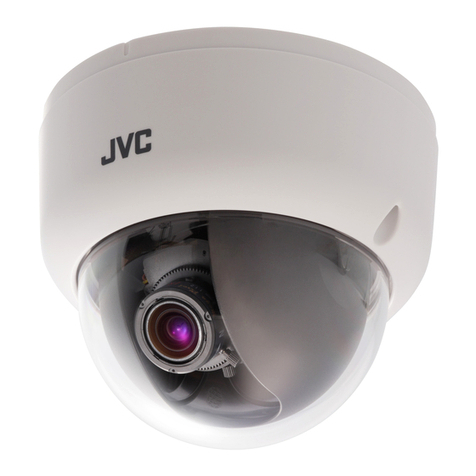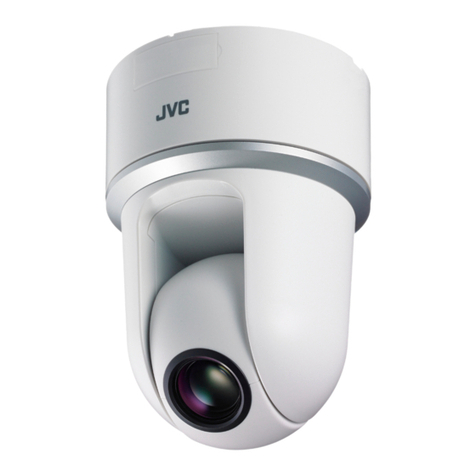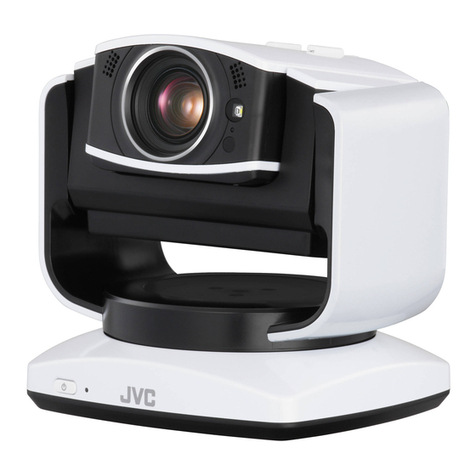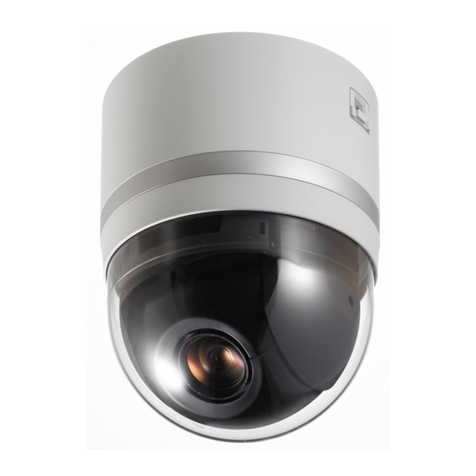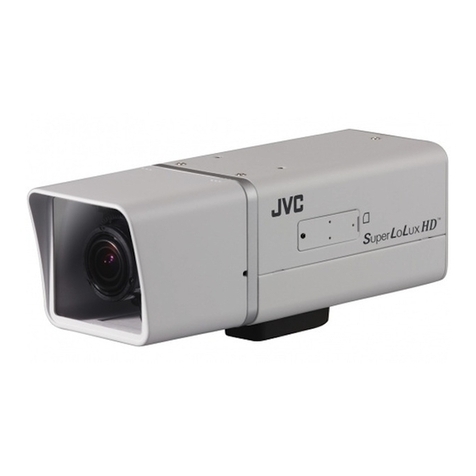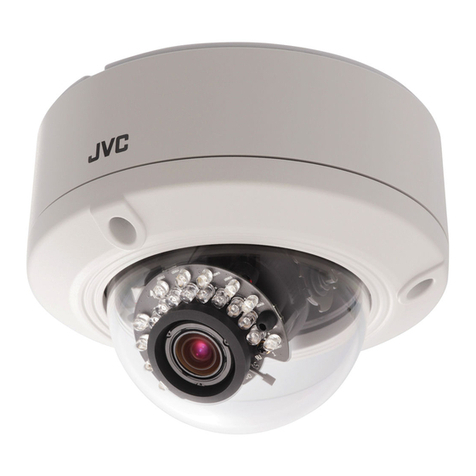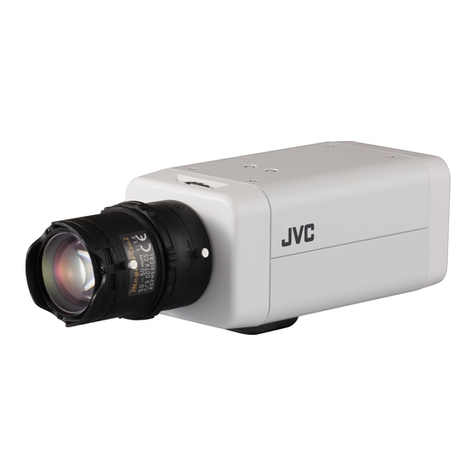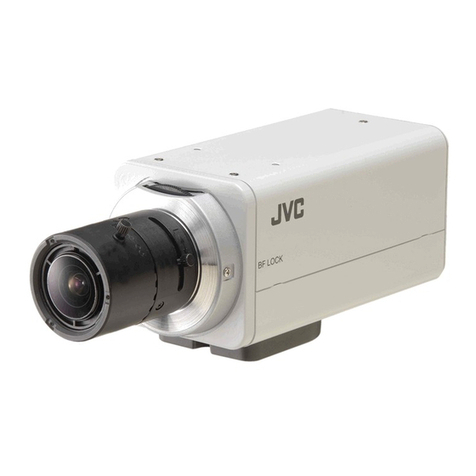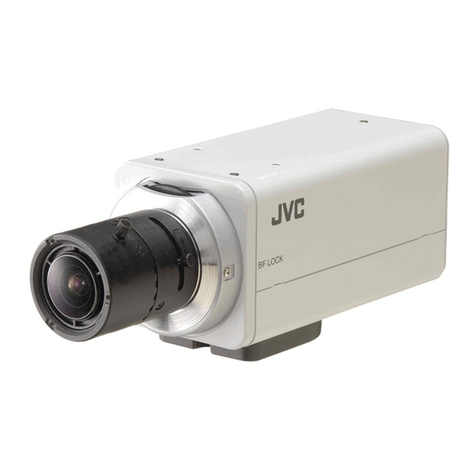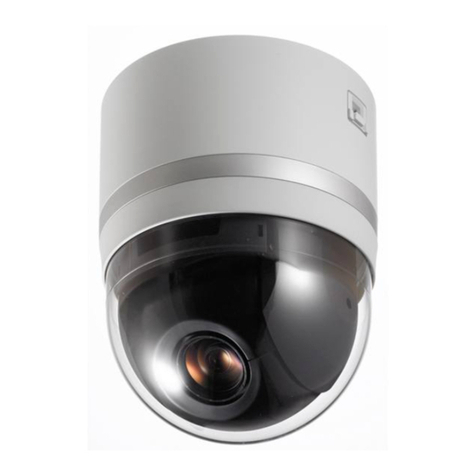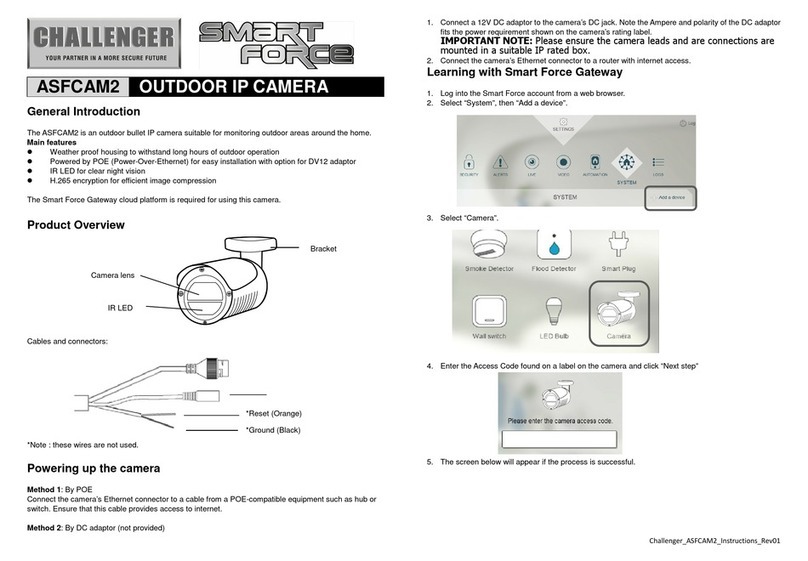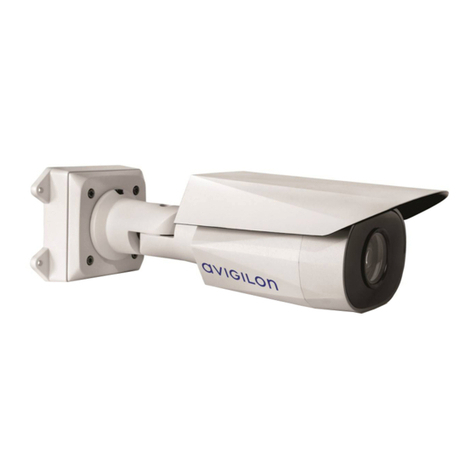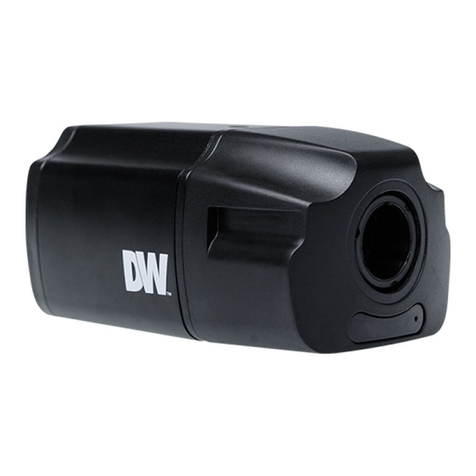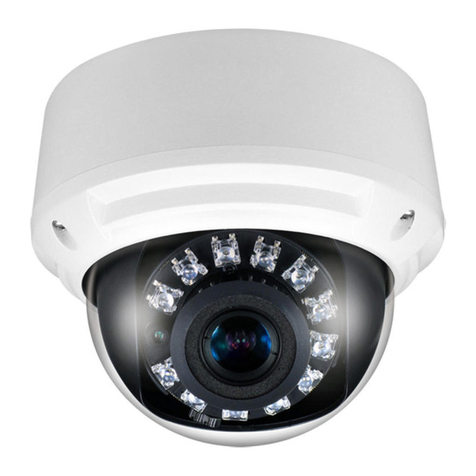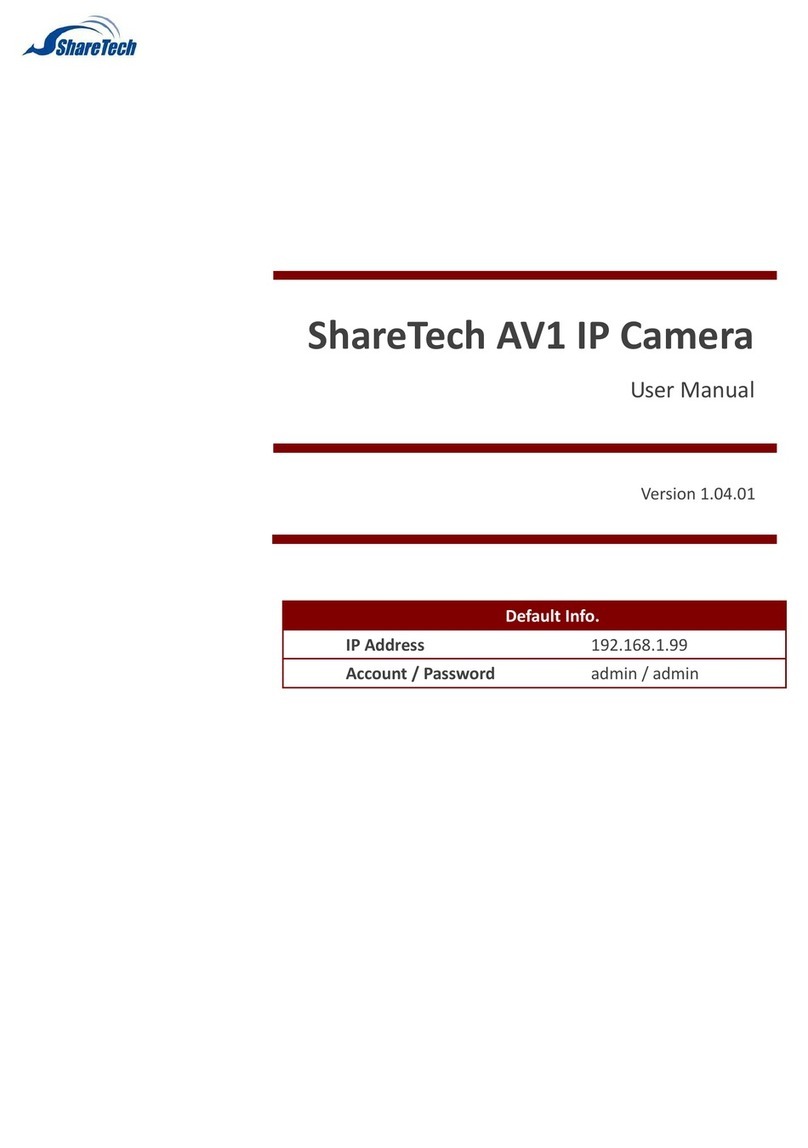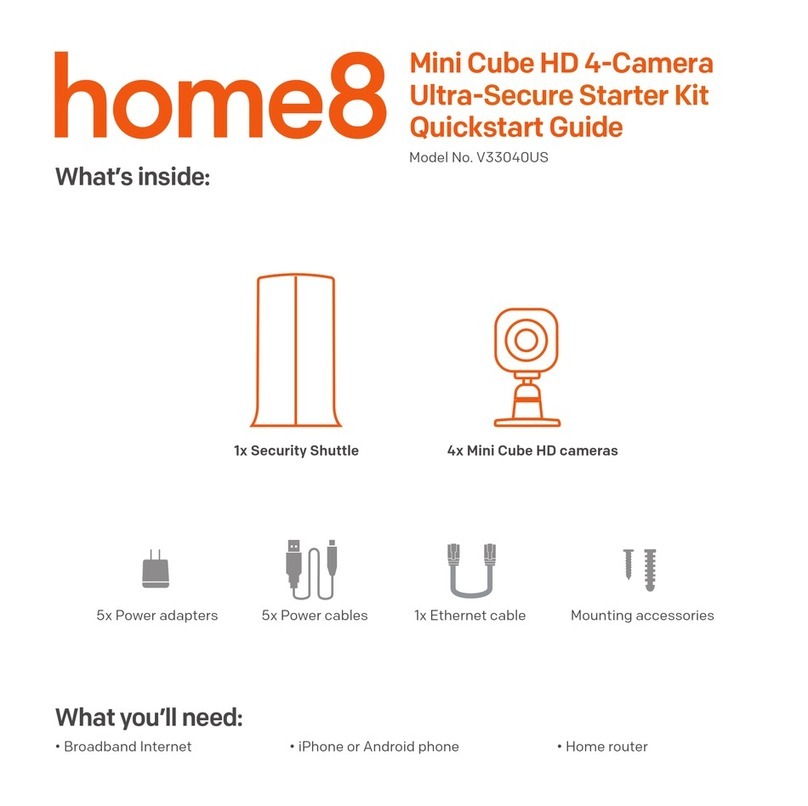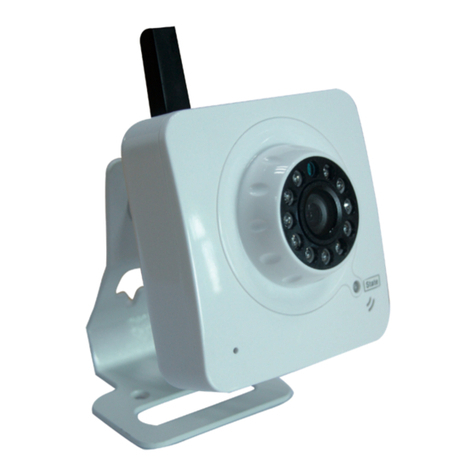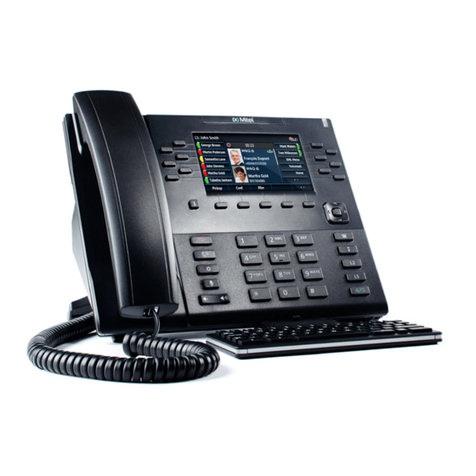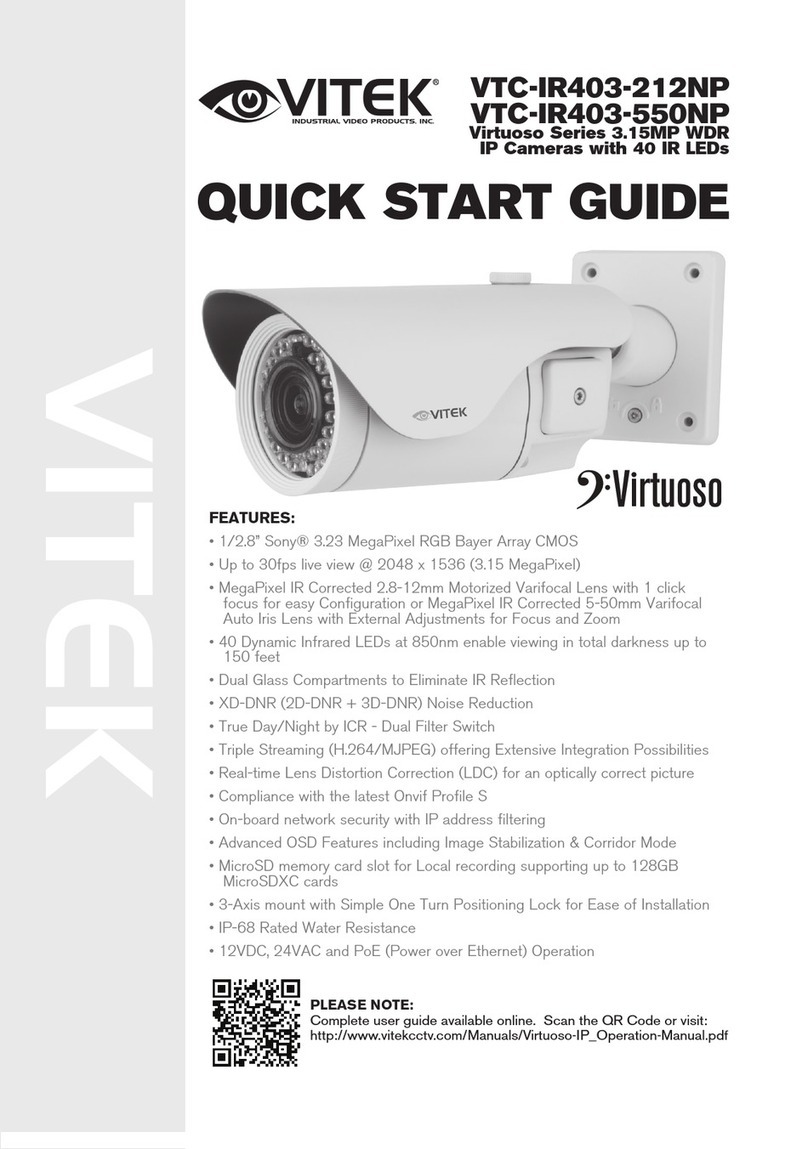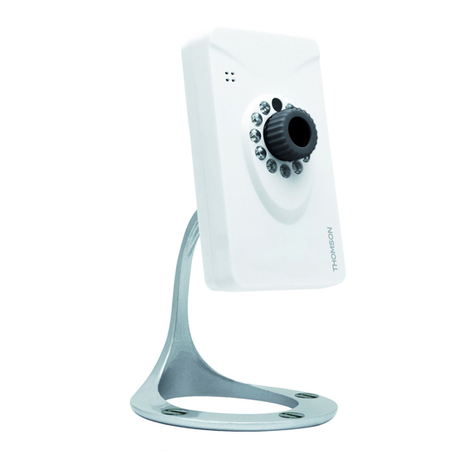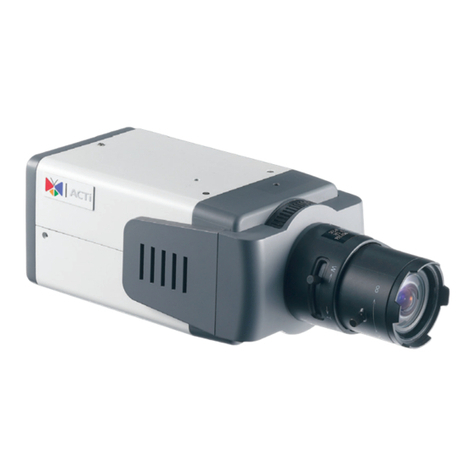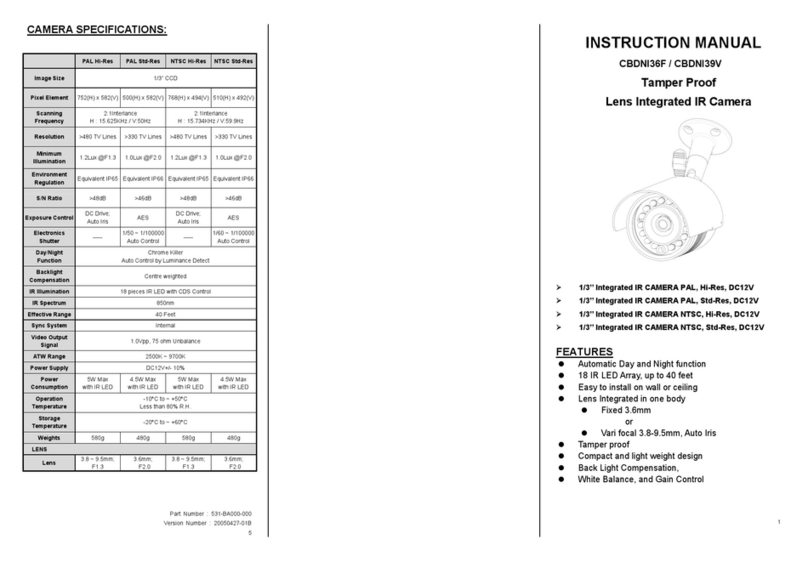8. Slots and openings in the cabinet and the back or bottom are
provided for ventilation, and to insure reliable operation of the
appliance and to protect it from overheating, these openings must
not be blocked or covered. The openings should never be blocked
by placing the appliance on a bed, sofa, rug, or other similar
surface. This appliance should never be placed near or over
a radiator or heat register. This appliance should not be placed in
a built-in installation such as a bookcase unless proper ventilation
is provided.
9.
10.
This appliance should be operated only from the type of power
source indicated on the marking label. If you are not sure of the
type of power supplied to your home, consult your dealer or local
power company. For appliance designed to operate from battery
power, refer to the operating instructions.
For added protection for this product during a lightning storm, or
when it is left unattended and unused for long periods of time,
unplug it from the wall outlet and disconnect the antenna or cable
system. This will prevent damage to the product due to lightning
and power-line surges.
11.
12. Follow all warnings and instructions marked on the appliance.
13.
Do not allow anything to rest on the power cord. Do not locate this
appliance where the cord will be abused by persons walking on it.
Do not overload wall outlets and extension cords as this can result
in fire or electric shock.
15. Do not attempt to service this appliance yourself as opening or
removing covers may expose you to dangerous voltage or other
hazards. Refer all servicing to qualified service personnel.
14. Never push objects of any kind into this appliance through
cabinet slots as they may touch dangerous voltage points or
short out parts that could result in a fire or electric shock. Never
spill liquid of any kind on the appliance.
